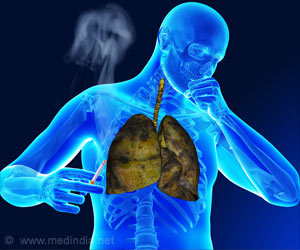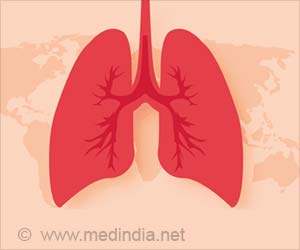TB treatment in the private sector is twice as much as in the public sector. In 2014, there were 17.793 million patient-months of anti-TB treatment in the private sector.

‘In the private sector, patients with TB are sent off with their medication without advice or support. Patients are likely to stop taking the medication within a couple of weeks.
’





In the absence of quality surveillance data on privately treated patients, state and national level estimates for 2013 and 2014 for the number of TB cases in India’s private health care system were found by calculating nationwide sales of TB drugs across the private sector. The study made use of the commercial drug sales data of all 189 rifampicin containing drugs sold in India between 2013 and 2014, collected by the organization IMS Health. All products were fixed-dose combinations and were sold only in the private sector, and not the public sector, which uses different product forms (including loose pills). Researchers estimated the treatment volume, or the total patient-months of treatment for TB in the private sector, taking into account the proportion of prescriptions for a given drug that was for TB, as well as the proportion of total drug sales.Overall, on a national level, there was roughly twice as much TB treatment in the private sector as in the public sector. However, there are some noticeable variations between the states. At one extreme, Orissa showed the public sector having 1.5 - 2.8 times as many patient months as the private sector; while at the other extreme, the private sector in Bihar, Uttarakhand, and Uttar Pradesh provided over 3 times as many patient months as the public sector in 2014.
There were 17.793 million patient-months of anti-TB treatment in the private sector in 2014 - twice that in the public sector - implying that 2.2 million TB cases were treated in the private sector in 2014 alone. This is almost 3 times higher than the latest current estimate of 800,000 TB cases escaping diagnosis by the public healthcare system in 2014.
The volume of patient treatment in the private sector, which is twice as much as that provided in the public sector, translates into an average of 1.46 million people being on TB treatment, on any given day, which is more than 0.12% of the country’s population. Moreover, TB treatment in the private sector is typically paid for by out-of-pocket expenditure. If a 6-month course of first-line TB medication costs USD 20, the estimates imply that in 2014 over USD 59 million was spent in out-of-pocket expenditure on first-line TB drugs alone.
Dr Arinaminpathy, the lead author of the study, warned that under-reporting could have worrying implications for the emergence of drug-resistant strains of TB. “Multi-drug-resistant TB (MDR-TB) is a global worry, and a large number of cases of TB estimated in our further study fuels concerns about how we can control drug resistance. In the private sector, evidence suggests that patients are sent off with their medication without advice or support. As patients feel better within a couple of weeks they often stop taking the medication in between. However, completing the course is key to effective treatment.”
Advertisement
Source: Shobha Shukla, CNS (Citizen News Service)













